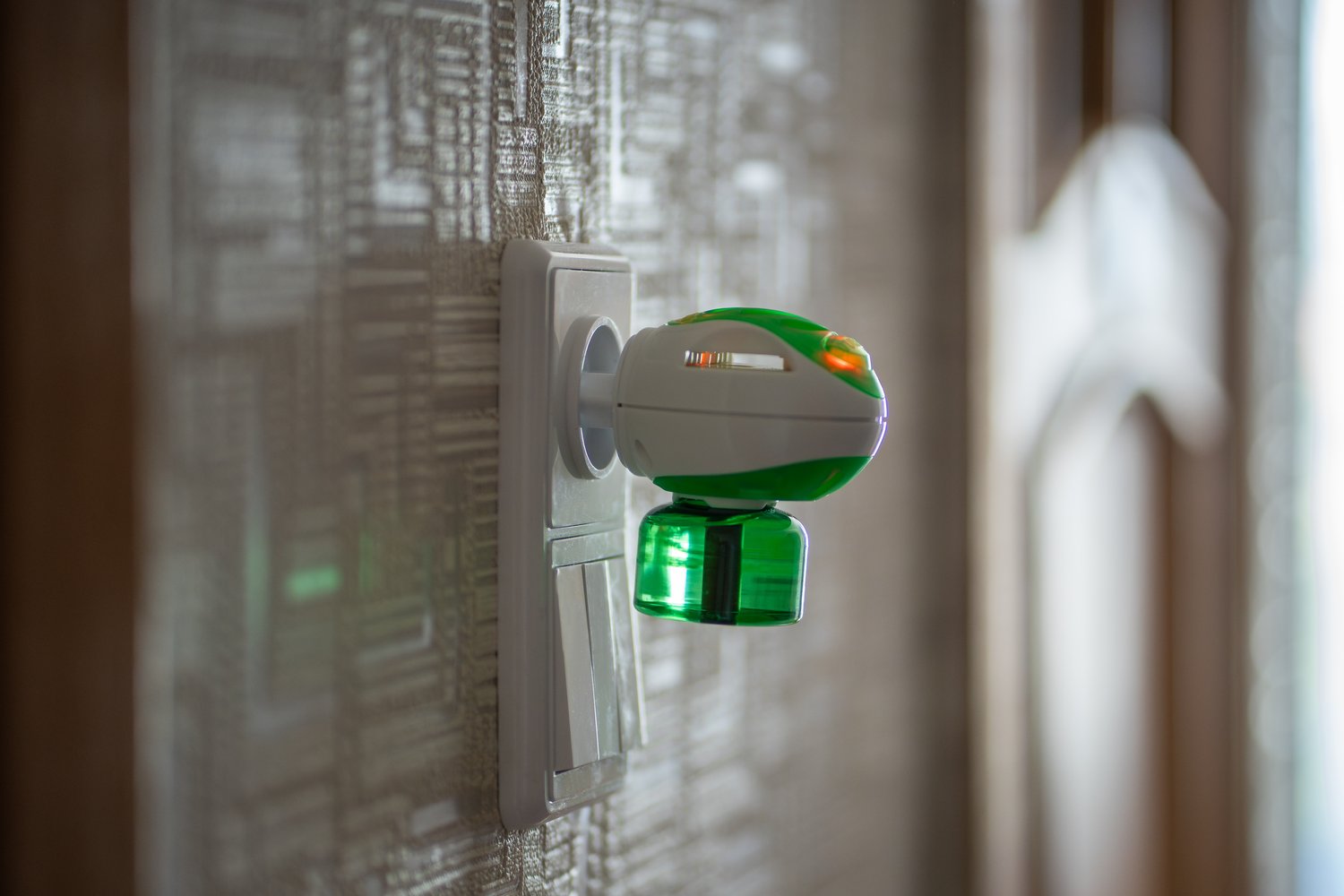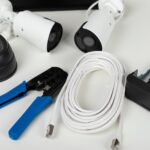Imagine a small, unnoticed dribble from a pipe turning into a costly renovation project. It’s a scenario no homeowner wants to face, yet it’s all too common. The integration of smart water leak detectors into modern homes offers a formidable shield against such damage, blending advanced technology with essential home safety. This article will unravel the intricacies of installing and programming these devices to help protect your property from unwanted surprises.
- Learn why smart water leak detectors are crucial in safeguarding your home from hidden water damage.
- Discover the key features to look for when selecting the ideal smart water leak detector for your needs and existing home systems.
- Follow a step-by-step installation guide to ensure your smart water leak detectors are set up optimally.
- Master the programming and maintenance practices that will keep your detectors performing efficiently over time.
By diving into this guide, you’ll gain comprehensive insights that not only guard against potential water damage but also enhance your smart home’s safety measures. Embrace the cutting-edge solutions that empower you to act before problems arise.
Maintaining and Monitoring: Ensuring Longevity of Your Smart Water Leak Detectors
Maintaining smart water leak detectors effectively is vital to ensuring their long-term functionality and reliability. By incorporating regular maintenance and monitoring practices, homeowners can safeguard their homes from costly water-related damages.
Regular Testing and Updates: Consistent testing of your smart water leak detectors is essential. Perform a simulated leak test every few months to verify the sensors are operational. Additionally, keep an eye out for firmware updates from the manufacturer. These updates often include improvements that enhance device performance and address any security vulnerabilities, contributing to robust water damage prevention.
Battery Check and Replacement: Many smart water leak detectors operate on batteries, which require periodic checks. Ensure that batteries are in good condition and replace them before they run low. A proactive battery management strategy prevents unexpected device shutdowns, thereby enhancing your home’s water damage protection.
Integration with Home Systems: For optimal performance, integrate your smart water leak detectors with existing home automation or security systems. By connecting devices to a central hub or a smart home app, you can receive instant alerts and manage settings more efficiently. Enhanced integration ensures that you are immediately informed of any potential issues, allowing for quick intervention.
Location Monitoring: Regularly inspect and adjust the placement of your detectors. Make sure they remain positioned in high-risk areas prone to leaks, like under sinks or near water heaters. Relocation may be necessary if you remodel your home or alter plumbing lines, ensuring comprehensive coverage against potential threats.
By following these best practices for maintaining and monitoring smart water leak detectors, homeowners can maximize their investment. Regular upkeep not only prolongs device life but also enhances performance, offering peace of mind against water damage. Have you had any experiences maintaining your water leak detectors? We’d love to hear your insights!
Understanding the Necessity of Smart Water Leak Detectors: An Introduction
Water damage is an often underestimated threat that can lead to significant financial strain on homeowners. The advent of smart water leak detectors offers a revolutionary solution, acting as vigilant guardians against potential water disasters.
Smart water leak detectors are essential in modern homes due to their ability to detect leaks in their infancy. By identifying issues promptly, they prevent extensive damage and costly repairs. These detectors are equipped with advanced sensors and connectivity features that allow them to alert homeowners immediately through smartphones or integrated smart home systems.
In this technology-driven era, the importance of preventing water damage with smart devices cannot be overstated. They not only offer peace of mind but are increasingly becoming a necessary component of smart home solutions. By investing in a reliable smart water leak detector, you safeguard your home and ensure longevity and security.
Choosing the Right Smart Water Leak Detector for Your Home
When selecting a smart water leak detector, there are several key factors to consider to ensure you choose the device that best fits your needs. First, consider the features offered by different models as they vary considerably. Look for features such as adjustable sensitivity, battery life, and connectivity options, whether they use Wi-Fi or Bluetooth.
Another crucial factor is the compatibility of the water leak detector with your existing smart home systems. Many detectors can integrate seamlessly with platforms like Alexa, Google Home, or other security systems, allowing for a more cohesive smart home experience.
Lastly, consider the location and environment where the detector will be placed. Some detectors are specifically designed for use in damp or wet environments, which may be optimal for basements or other flood-prone areas. By evaluating these factors, you ensure the selection of a smart water leak detector that provides maximum efficiency and reliability.
Step-by-Step Installation Guide: Smart Water Leak Detectors
Installing smart water leak detectors is a proactive way to defend your home against unforeseen water damage, conserving both time and money in potential repairs. Let’s dive into the comprehensive installation process to ensure a seamless setup.
First, gather the necessary tools required for the task. You will need a screwdriver, measuring tape, and possibly a drill, depending on your specific model.
Begin by identifying the ideal locations for installation. Place sensors in areas prone to water leaks, such as under sinks, near water heaters, or in basements. Ensure the chosen spots are easy to access for maintenance and have sufficient connectivity for the device.
Next, follow the manufacturer’s instructions to mount the detector. Using a drill may be necessary if the installation involves securing the device to a surface. Once mounted, attach the required batteries or power source, checking that the device powers up correctly.
After installation, conduct a test to confirm that the detector is operational. Simulate a small leak to ensure the sensor triggers an alert, allowing you to verify its functionality before closing up the workspace.
Programming Your Smart Water Leak Detector for Optimal Performance
Once installed, the next crucial step is programming your smart water leak detector. This ensures that it functions efficiently, providing reliable alerts in the event of a water leak.
Begin by downloading the companion app associated with your detector. Register your device within the application, linking to your wireless network for seamless integration with your smart home system.
Within the app, adjust the sensor’s sensitivity settings. This customization helps prevent false alarms while ensuring genuine leaks are detected promptly. Consider your home’s specific conditions when setting sensitivity levels.
Integration with your home security system is another important step. Most detectors are compatible with popular home automation platforms. Enable notifications and alerts, ensuring you receive them promptly on your smartphone or connected devices.
Finally, consider setting routine checks within the application to monitor battery levels and connection status. This maintains the detector’s longevity and efficacy, providing continued protection and peace of mind.
FAQ: Smart Water Leak Detectors
What are smart water leak detectors?
Smart water leak detectors are devices that detect leaks and moisture, alerting you through a smart device or home system to prevent water damage.
How do I choose a suitable water leak detector?
Consider compatibility with your home system, features like sensitivity, and connectivity options such as Wi-Fi or Bluetooth.
What tools do I need for installing the detector?
Typically, you may need screwdrivers, drill (if wall mounting), and the detector’s manual for guided installation.
How can I program my smart detector?
Use the manufacturer’s app or interface to set sensitivity levels and connect with your smart home system.
How often should I check my water leak detector?
Perform a monthly check to ensure proper operation and avoid false alarms or battery issues.
Can smart water leak detectors prevent water damage?
Yes, by early detection, they can alert you to potential leaks before they cause significant damage.





